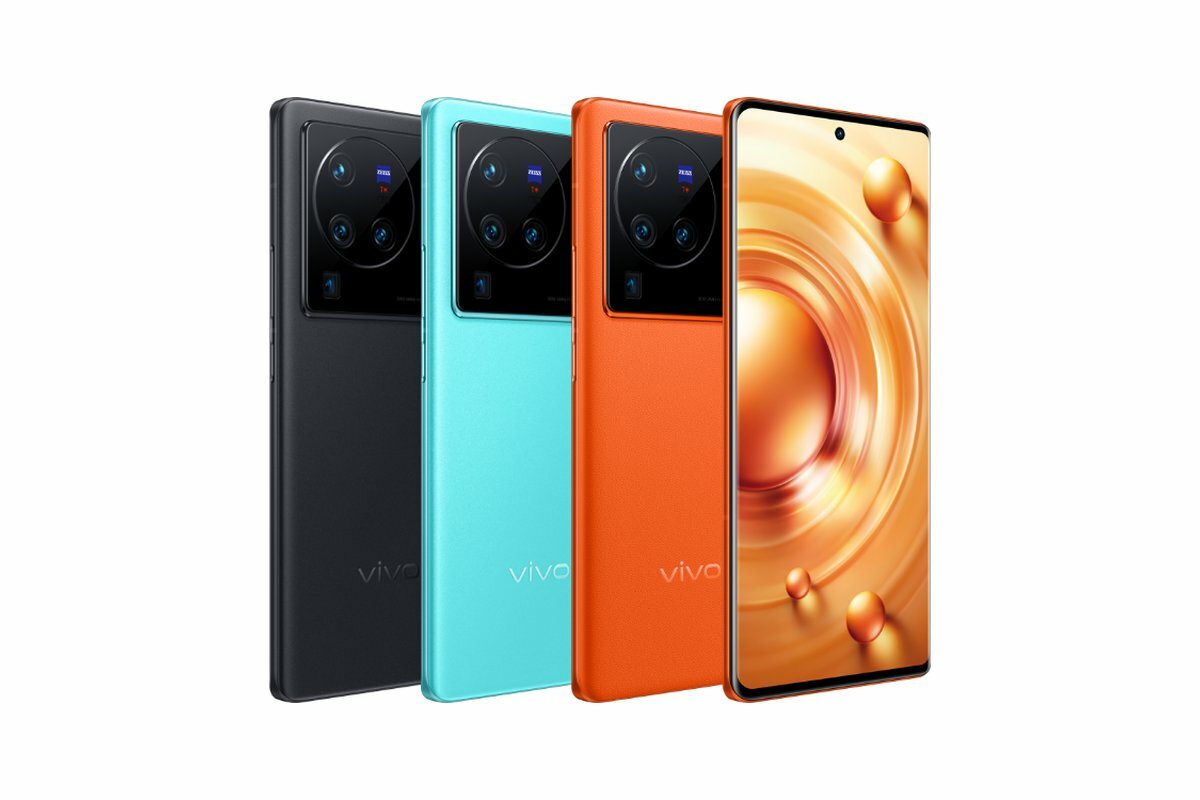The 2022 smartphone season launch is behind us. Qualcomm has already announced its 2023 flagship chipset, the Snapdragon 8 Gen 2, which means the race is on among Android smartphone makers to launch their next-gen phone. A week after the Snapdragon chip went official and as teased earlier, Vivo has announced the X90 Pro+, which should be the world’s first phone to launch featuring Qualcomm’s newest SoC. The Vivo X90 series consists of three phones, including the X90 and X90 Pro. All phones pack impressive hardware with a special focus on their camera performance.
Vivo has equipped the entire X90 lineup with a 6.78-inch AMOLED display, a 50MP primary camera, dual-SIM 5G, and OriginOS 3 based on Android 13. The Vivo X90 Pro Plus stands out of the three phones with a superior quad-camera setup and a higher-resolution display. It should also become the first Snapdragon 8 Gen 2-equipped phone to launch. Oppo has the honors of announcing the world’s first Snapdragon 8 Gen 2 phone, but there’s no word on when it will launch.
Vivo X90 Pro Plus
The most exciting phone in the lineup is the Vivo X90 Pro Plus. It features the Snapdragon 8 Gen 2 chip, a 64MP periscope 3.5x zoom camera, and a 3D ultrasound fingerprint scanner (via GSMArena). The phone houses a massive 1-inch Sony IMX989 50MP camera with Zeiss branding, the same sensor found inside the Xiaomi 12S Ultra.
Vivo’s suite of software features like horizon correction, lens flare portrait mode, astrophotography mode, and 100x hybrid zoom further complement the camera setup. The phone can also record 8K videos at 30fps, with Dolby Vision and LOG10 support. The company has equipped the phone with its V2 ISP for image processing. It features 45MB of SRAM and provides 16TOPS per watt of performance. All this is powered by a 4,800mAh battery with 80W fast wired and 50W wireless charging support.
These phones sport a MediaTek Dimensity 9200 chip, 12GB RAM, and 256GB of UFS 4.0 storage. The main difference between them is the rear camera setup, with the regular X90 packing a 50MP primary, 50MP portrait, and a 12MP ultra-wide camera. You get bigger 50MP primary and portrait sensors on the Pro model, which should help in low light. There are some other minor differences when compared with the Pro+ model, which helps in keeping the price of these phones in check.




Average Rating